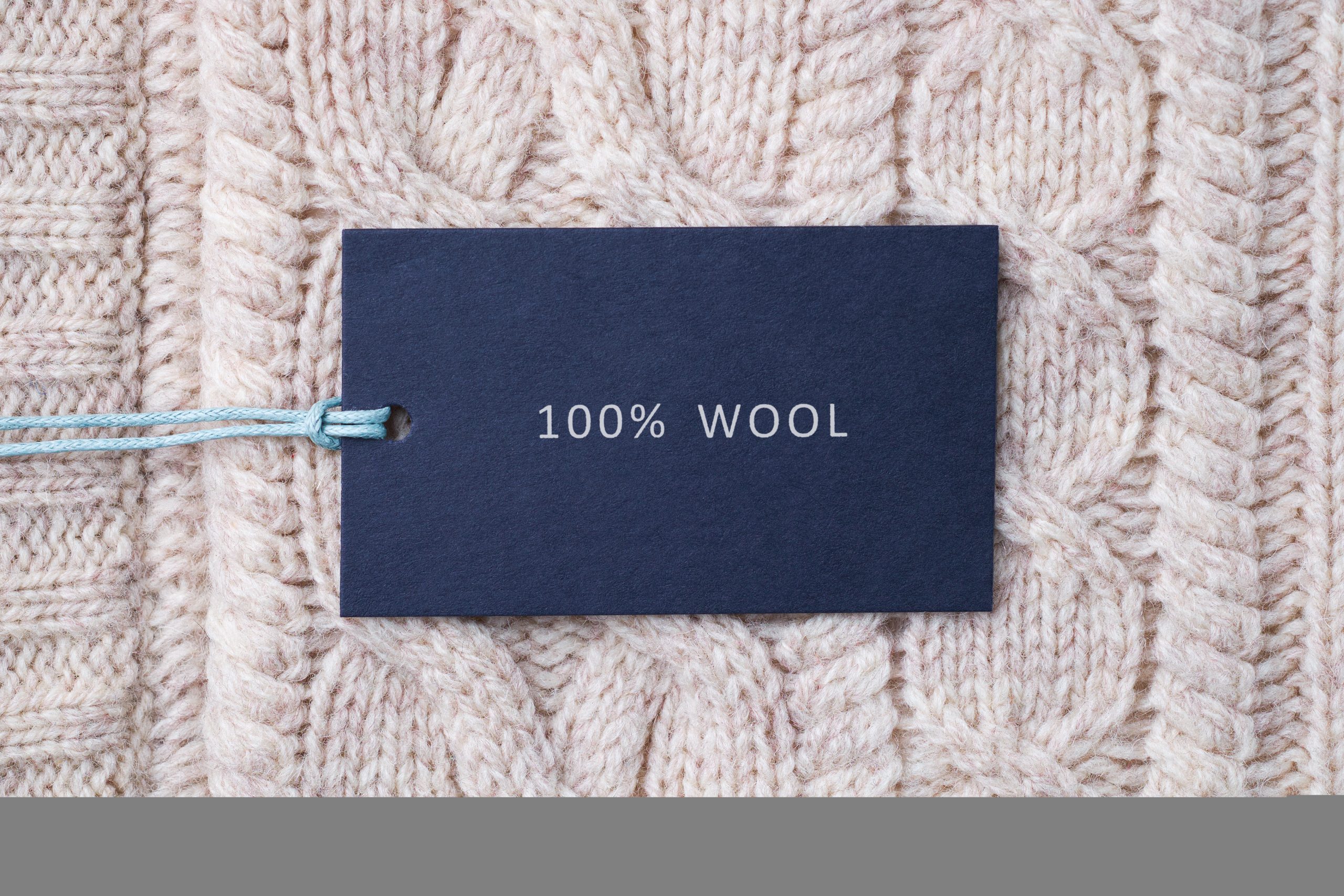
Caring for your woollens and tartans
January is the month that is often associated with the phrase ‘out with the old and in with the new’. It’s the perfect time to refresh your wardrobe in the January sales and spend that Christmas money, as well as recovering from the over-indulgence and intense partying of December.
For those that think the party is over, however, you may have overlooked Burns Night with its neeps, tatties, haggis and whisky. Burns Night is celebrated on 25th January each year to celebrate the birthday of that most famous of Scottish poets, Robert Burns. The tradition started a few years after the poet’s death in 1796, and the Burns Supper has now become a nationwide event that is celebrated in Scottish communities around the globe.
Scotland is, of course, famous for its tartan which came back into fashion, especially in December and January, after Queen Victoria and Prince Albert bought and re-furbished Balmoral Castle.
Tartan is a woven woollen cloth consisting of a criss-cross pattern, known as the sett.
As for other woollen fabrics such as cashmere, lambswool and angora wool, here are some tips for you to help care for them:
Moths:
Moths seem to love your expensive items of clothing, and unfolding your favourite sweater to find a small hole or two is extremely frustrating. Small moth holes can be repaired, and for more complex items such as tartan, a complete re-weave service can be provided, although, this is an expensive option. Try to avoid damage by airing your clothes regularly, storing your items in a chest with tight-fitting drawers, or storing your items in plastic. However, this is not advised for long periods.
Pills and Fuzz:
Pills are those annoying little bumps that show up after wearing a sweater once. Research shows these show up more on items made with cheap fibres rather than good quality filaments. A battery-powered ‘fabric shaver’ will remove these, as will a good dry cleaner.
Wash vs Dry Clean:
As a general rule, washing makes wool fibres shrink and go hard, whereas dry cleaning encourages the fibres to relax and stay soft. That doesn’t mean you can’t wash at home, but if you do, use cool water and do not hang it to dry; instead, lay it out flat, so it doesn’t stretch. We always recommend that you follow the care label just in case your item is not 100% cashmere or has beads, buttons, or leather trim that may be better to suited to being washed or dry cleaned.